May 10, 2024
New rule requires automakers to include automatic emergency braking systems in cars and light trucks starting in 2029
In June 2023, the U.S. Department of Transportation's National Highway Traffic Safety Administration (NHTSA) proposed a rule to mandate automatic emergency braking (AEB) systems in cars and light trucks weighing less than 10,000 pounds. NHTSA has now finalized the rule, which will require automakers to include AEB systems in their vehicles starting September 2029.
The final rule for Federal Motor Vehicle Safety Standard (FMVSS) 127 requires cars to stop and avoid contact with a vehicle in front of them at speeds up to 62 mph. AEB systems must also be able to detect and avoid contact with pedestrians during the day and at night at speeds up to 40 mph. The systems must also brake automatically up to 90 mph when a collision with a lead vehicle is imminent and up to 45 mph when a pedestrian is detected in its path.
NHTSA projects that this new standard will have a significant impact on safety. "The new vehicle safety standards we finalized today will save hundreds of lives and prevent tens of thousands of injuries every year," said U.S. Transportation Secretary Pete Buttigieg in a NHTSA press release. "The Bipartisan Infrastructure Law is not only making historic investments in transportation, but it's also ushering in a new era of safer travel by ensuring new cars and light trucks are equipped with automatic emergency braking, making our roads safer for drivers and pedestrians alike."
How automatic emergency braking systems work
AEB systems use various sensors to try to detect vehicles or pedestrians in the vehicle's forward path and automatically apply the vehicle's brakes when a crash-imminent situation is predicted. AEB is usually paired with forward collision warning (FCW), which typically includes a notification (e.g., sound, vibration, or visual) when a crash-imminent situation is anticipated. FCW typically activates before AEB to give the driver a chance to react. If the driver does not react, or if the collision is still impending despite the driver's actions, the AEB system may intervene.
Some vehicle manufacturers use radar sensors mounted in the front grille or bumper for AEB, some use cameras in the windshield behind the review mirror, and some use both types of sensors. Data from these sensors is interpreted by onboard computers that decide when and whether to activate AEB.
What NHTSA's new AEB rule means for automakers
Any automaker that sells cars and light trucks in the U.S. will need to equip them with AEB systems by September 2029. Many new cars sold in the US already come equipped with AEB systems, but most likely don't meet the new technical requirements, and additional AEB development and testing will be required. Additionally, while most major automakers already have functional AEB systems, they will need to implement and deploy the new, more advanced AEB systems into their entire fleets.
What Can We Help You Solve?
Exponent's multidisciplinary experts from our Vehicle Engineering, Human Factors, Biomechanics, Electrical Engineering & Computer Science, and Data Sciences practices actively support automakers in bringing new vehicle technologies to market, including technical review and evaluating whether design elements comply with new and evolving regulations.
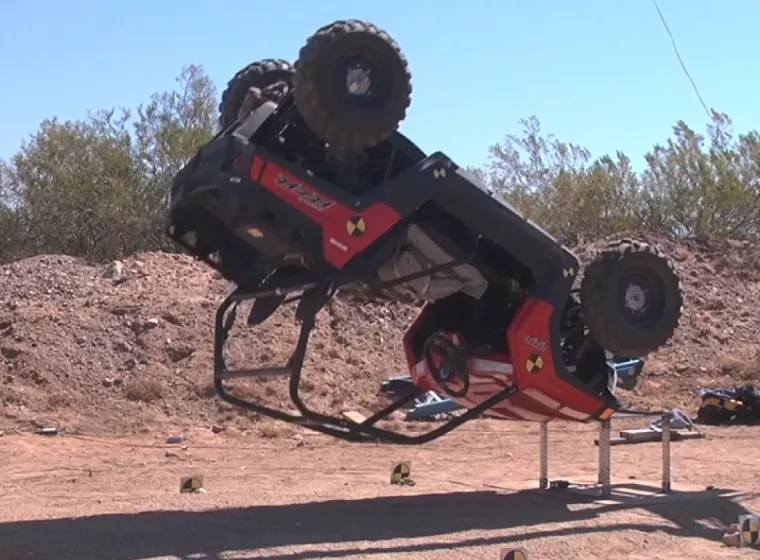
Transportation Product Evaluations
Quantify product performance, analyze system and component failures, and addresses claims of defects.
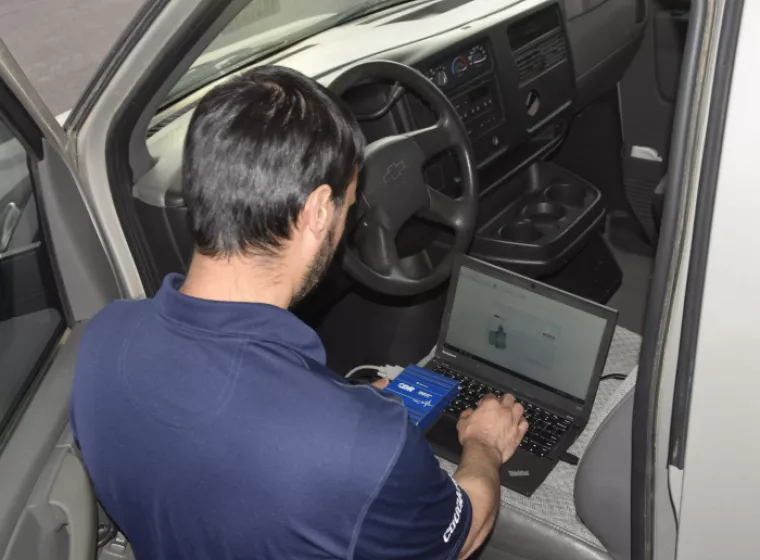
Data Collection & Analysis for Accident Reconstruction
Retrieve, preserve, and interpret critical onboard vehicle data.
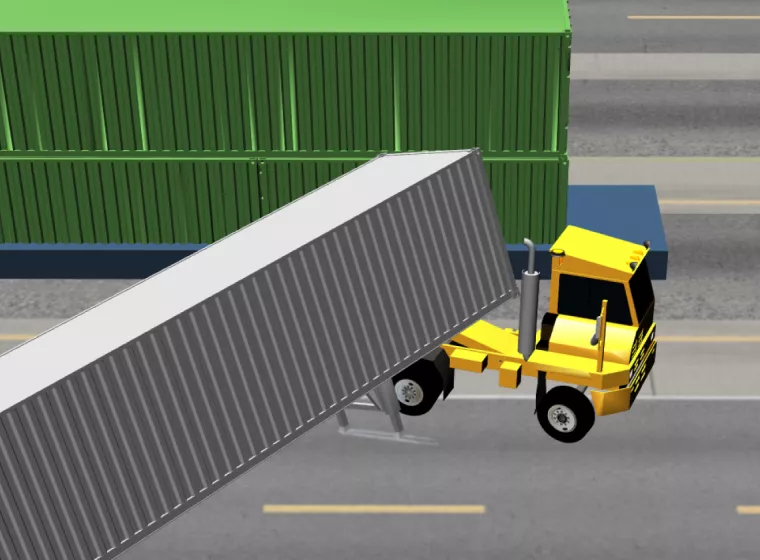
Accident Reconstruction & Analysis
Crash analysis and transportation accident investigation and reconstruction services.

Biomechanical Testing & Modeling
Uncover the root cause of injuries with robust and advanced biomechanical analysis.
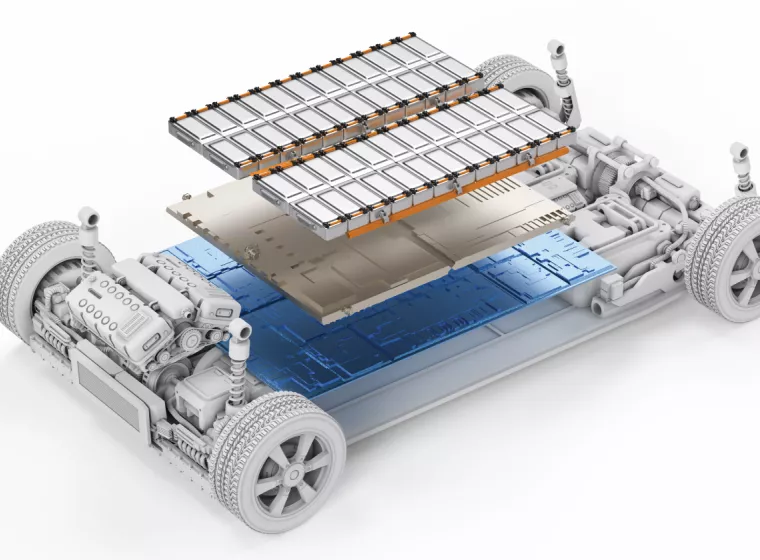
Emerging Vehicle Technology Development
Balance safety and performance while advancing innovative transportation technologies.
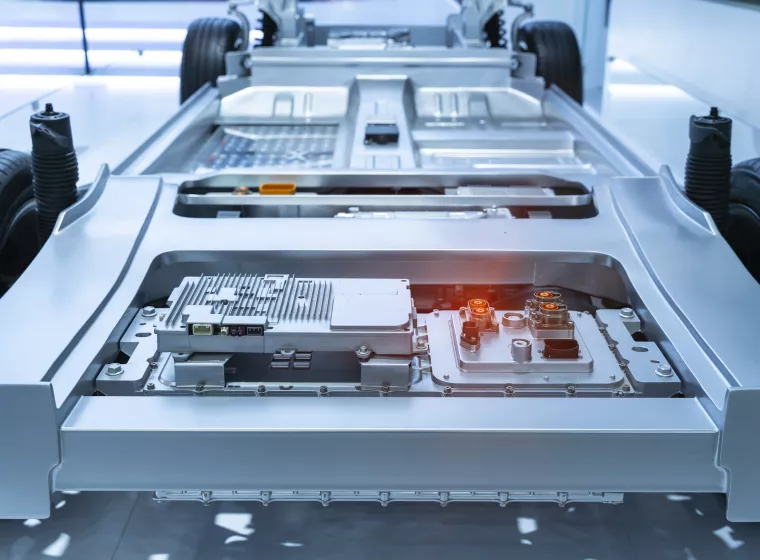
Vehicle Engineering
Rigorous research on the safety and performance of all types of transport and cutting-edge technologies.





